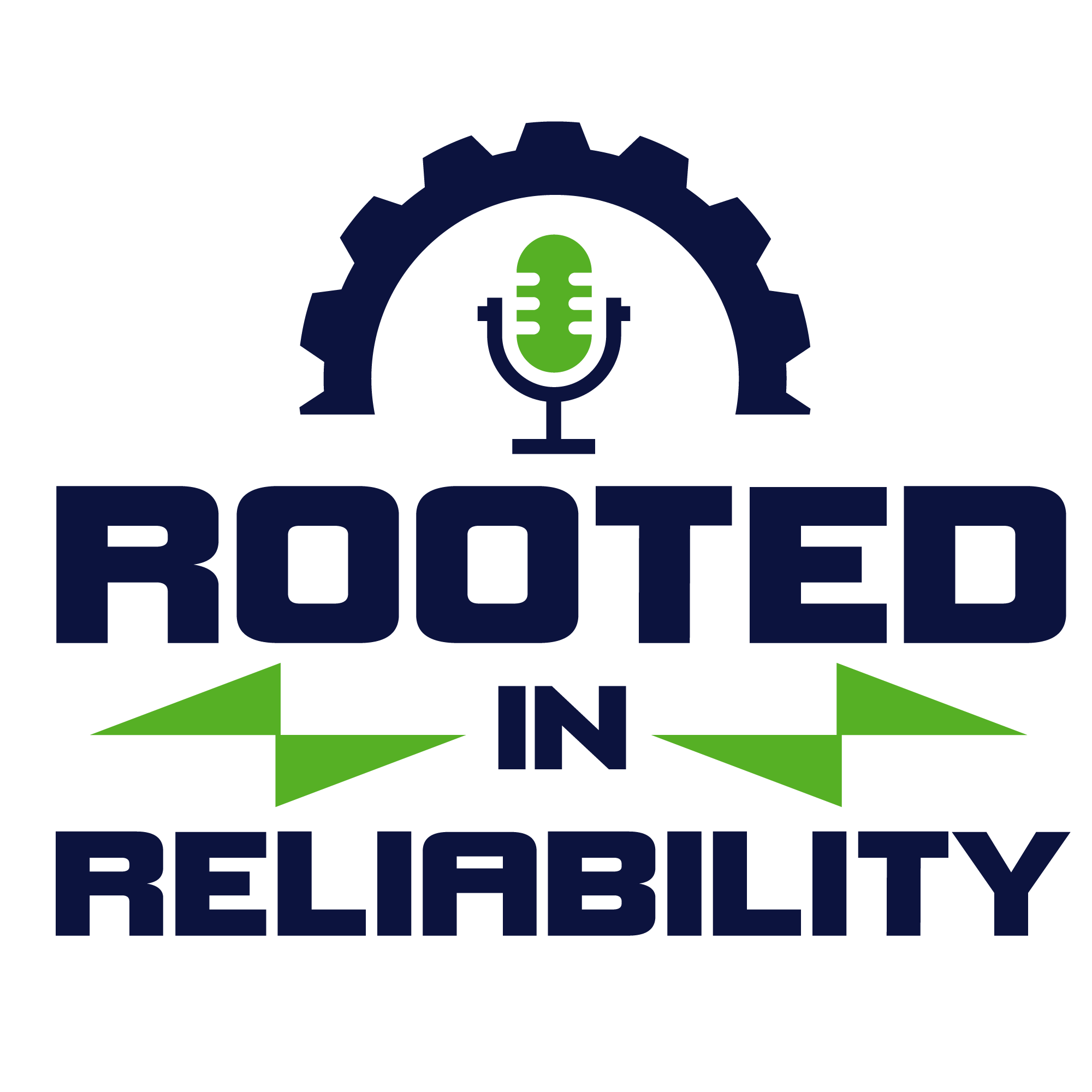27 Designing for Reliability: The First Step in Reliability
This episode is about designing for reliability. It has been proven over time that the best inventions are designed properly after planning them and before implementation —even in the earlier times people used to draw things before they actually made them. After you have done an analysis of the equipment, there is not even close to good probability to make that product completely reliable. That is why a good design should be made before developing anything for which companies hire professional designers and good ones have their own designing teams too.
But where should a person start to know about this designing phase of the products he is using? Even good OEMs always have this done to make the construction easy and they test the smaller units under different context to check the issues in functionality. So, the organizations first need to know all the activities that can lead to a good reliability program along with a reliable product. That is how they know that what could possible wrong and then design for that failure or defect to make it better over time.
There are some steps that can be followed at least to get a knowhow about successfully predicting the behavior or lifetime of the equipment with specifications and limitations of it. Of course, general ones are to define, identify, analyze, improve, validate, and monitor and control but this is how you can perform them.
The very first thing companies can do is to contact the OEMs for the basic knowledge of the design of the equipment or check the Reliability Block Diagrams if they are available.
They can also have their own designing teams but they need to know for sure about the limitations, failures and downtime of the equipment so that they can plan for it when something goes wrong.
Then they can make the improvements depending upon their own requirements for better working of the equipment.
Designing for reliability is not just an activity, it s a whole process where you not only need to do the calculations which will lead to having reliable products but you also need to know that how to achieve that planned reliability.
This practice should be applied right after planning and during the whole designing phase. Then it should be integrated into all of the other processes to get the best results at all times.
DFR leads to quality, helps in testing any assumptions during the development phase while doing analysis and reliability growth. That is how the warranties are provided to the buyers and the quality is improved based on these previous test results.
So, data analysis like Weibull or any other statistical technique to predict the variations and errors is pretty good. But even proven analysis methods like Failure Mode and Effect Analysis can t guaranty a reliable product. That is why designing for smaller units, testing them helps in making improvements with the time that we need in our equipment. This helps to have a better reliability program, saves time and money, and gives proactive experiences in the field.
References:
The post 27 Designing for Reliability: The First Step in Reliability appeared first on Accendo Reliability.

